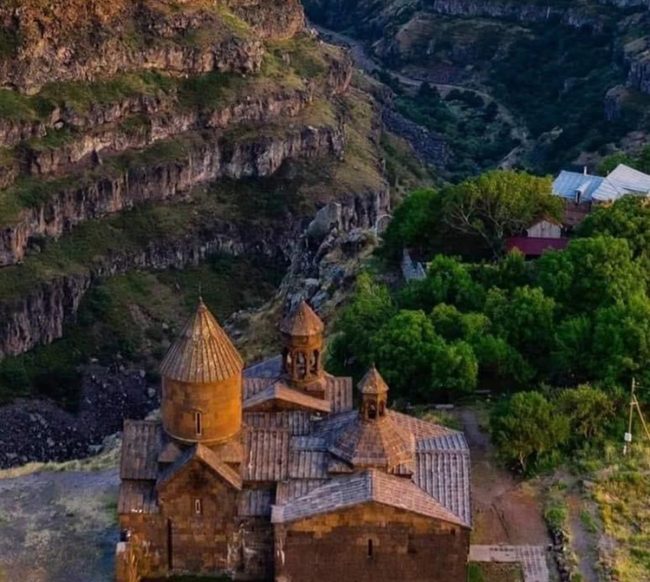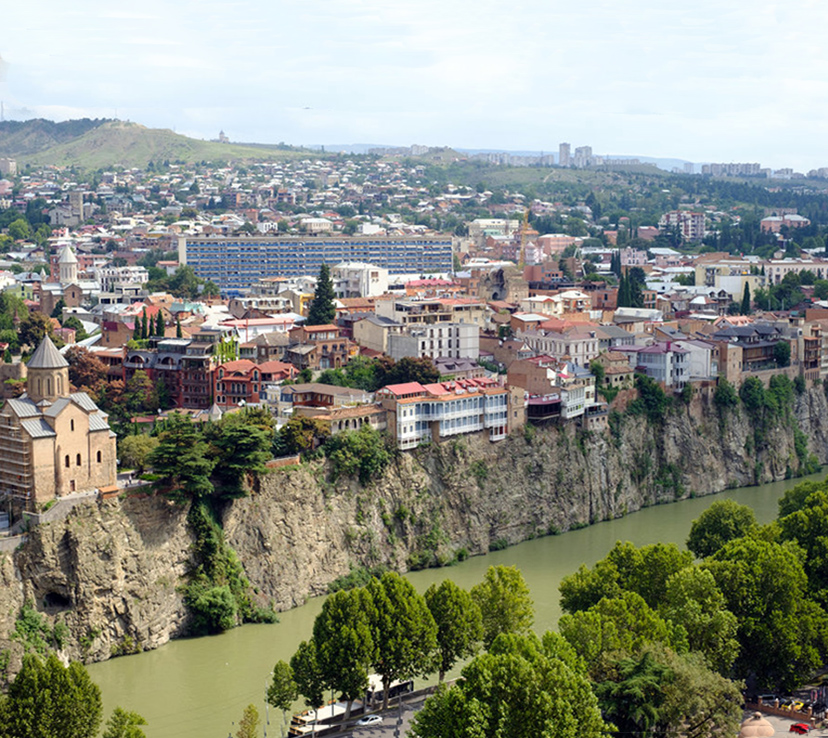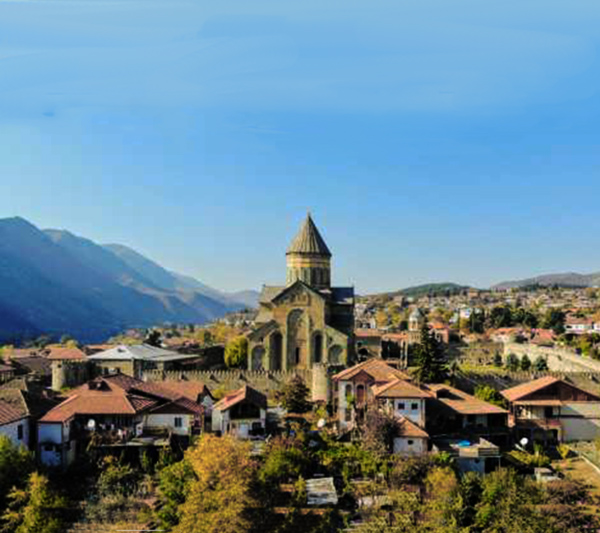Armenia and Georgia
DAY 1. Arrival in Yerevan international airport.
Arrive in Yerevan late morning. After relaxing a little and checking into our hotel we plan a short sightseeing tour in Yerevan – Yerevan History Museum, Republic Square, Northern Avenue, Opera House, Freedom Square and Cascade, (huge staircase connecting the city center with Victory Park, from the top you have a great view of Yerevan) and Mother Armenia, Genocide memorial.
DAY 2. Garni Pagan Temple and Geghard Cave Monastery
Garni pagan temple and Geghard monastery after visit Matenadaran (manuscript museum) walking tour in Vernisage.
DAY 3. Cultural Heritage of Armenian
Explore Echmiadzin, the Holy See of the Armenian Apostolic Church, the Zvarnots Cathedral and the memorial site of Sardarapat. (Museum in the site is recommended as a treasure trove of carpets, jewelry, ceramic and handicrafts, apparently better than in the Museum in Yerevan)
DAY 4.
Start the tour by visiting Mughni Saghmosavank monastery then Amberd medieval Fortress located on the slpos of Mt. Aragatc, from where we should have a splendid view of Mt Ararat (if clear weather), Back to Yerevan.
DAY 5.
Visit Khor Virap monastery with stunning view of Mt Ararat border with Turkey.
Then continue to Areni village hear you can see one of the famous winery and have a wine tasting there, just 8 km from this village there is a Noravank unique monastery, after
drive to Tatev monastery where you can have a chance to ride one of the longest cable cars on the world 5,5 km. Overnight in Goris.
DAY 6.
Next morning via Selim Pass drive to Lake Sevan which considerd to be the pearl of Armenia then Dilijan spa town. Overnight in Dilijan then Sanahin and Haghpat monasteries and continue to Tbilisi. Overnight in Tbilisi.
DAY 7.
Tbilisi (literally “Warm Spring”) is the capital and the largest city of Georgia, lying on the banks of the Mt’k’vari River. Founded in the 5th century by Vakhtang Gorgasali, the Georgian King of Iberia, and made into a capital in the 6th century, Tbilisi is a significant industrial, social and cultural centre. Located strategically at the crossroads between Europe and Asia and lying along the historic Silk Road routes, Tbilisi has often been a point of contention between various rival powers and empires. The history of the city can be seen by its architecture.
DAY 8. Tour around Kutaisi. Second largest city of Georgia.
Gelati Academy and Monastery is a monastic complex near Kutaisi, the region of Imereti, western Georgia, was founded by King David IV the founder in XII century. During the 12-13th centuries Gelati was one of the biggest religious, educational, scientific and philosophy centers of Georgia. The founding of Gelati is tied to the cultural renaissance of Georgia.
Bagrati Cathedral proudly watches over Kutaisi and the Rioni River. It was built in the early years of the 11th century, during the reign of King Bagrat III due to which it was called “Bagrati” Cathedral, i.e., Bagrat’s cathedral. In 1994, the Bagrati Cathedral, together with the Gelaty Monastery, was included in the UNESCO World heritage Site list as a single entity.
Drive back to Tbilisi.
DAY 9. Mtskheta
Mtskheta – one of the oldest cities of the country of Georgia, was capital of the early Georgian kingdom of Iberia during the 3rd century BC – 5th century AD and it was the site of early Christian activity.
Places to visit:
Svetitskhoveli Cathedral (11th century)
Svetitskhoveli, known as the burial site of Christ’s mantle, has long been the principal Georgian church and remains one of the most venerated places of worship to this day.
Jvari Monastery (6th century)
Jvari Monastery stands on the rocky mountaintop at the confluence of the Mtkvari and Aragvi rivers, overlooking the village of Mtskheta. Svetitskhoveli Cathedral and Jvari Monastery in Mtskheta are among the most significant monuments of Georgia architecture, and are historically significant in the development of medieval architecture throughout the Caucasus and are listed as an UNESCO World Heritage Site.
Drive back to Tbilisi
DAY 10.
David Gareja is a rock-hewn Georgian Orthodox monastery complex located in the kakheti region of Eastern Georgia, on the half-desert slopes of Mount Gareja,
The complex was founded in the 6th century by David (St. David Garejeli), one of the thirteen Assyrian monks who arrived in the country at the same time. Despite the harsh environment, the monastery remained an important center of religious and cultural activity for many centuries.
DAY 11.
Departure.




